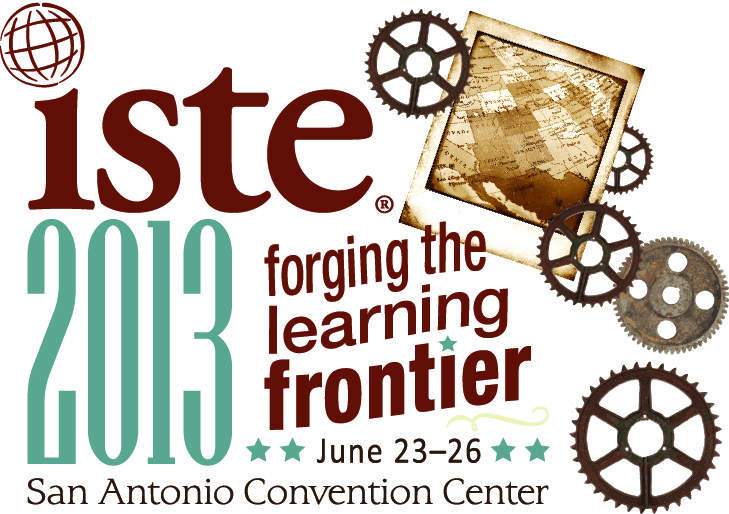 |
| Posted by Beautiful Engineering via Facebook |
Last week a teacher I know posted this picture on Facebook with the comment, "Clever" then another teacher stated, and I quote, "The best part of my job is confiscating cell-phones from 6th graders." I asked the 6th grade teacher why not give students thinking questions instead and the responses back were always that cell-phones and other mobile devices are too distracting.
This conversation has been bothering me ever since as I ask myself, "How do we change the mindset of teachers when it comes to technology?" There is no easy answer to this question.
For too many teachers, administrators and school districts technology has become the added burden in the classroom. There is the cost of the devices themselves and then the increase of use upon the often outdated wireless infrastructure. Mobile devices also demand a change in traditional teaching and learning for both the teacher and the students. No more Sage-on-the-Stage.
Yes! These are valid concerns. Yes! Change can be scary. Yes! There is a possibility of failure. Yes! There is the chance of success, too.
We, the educators of the future, need to embrace technology and learn to use this amazing tool to teach our students how to think and solve problems. If you don't know the answer to the question, Google it. Then take the information and collaborate with others to create a solution. As Adam Bellow said in his closing keynote at ISTE 2013, "In the real world cheating is called collaboration." I want my students to be able to use and process the information they find on Google not just to find the answer, but to be innovative and solve problems.
I plan on being the change I want to see happen. Will you join me?






